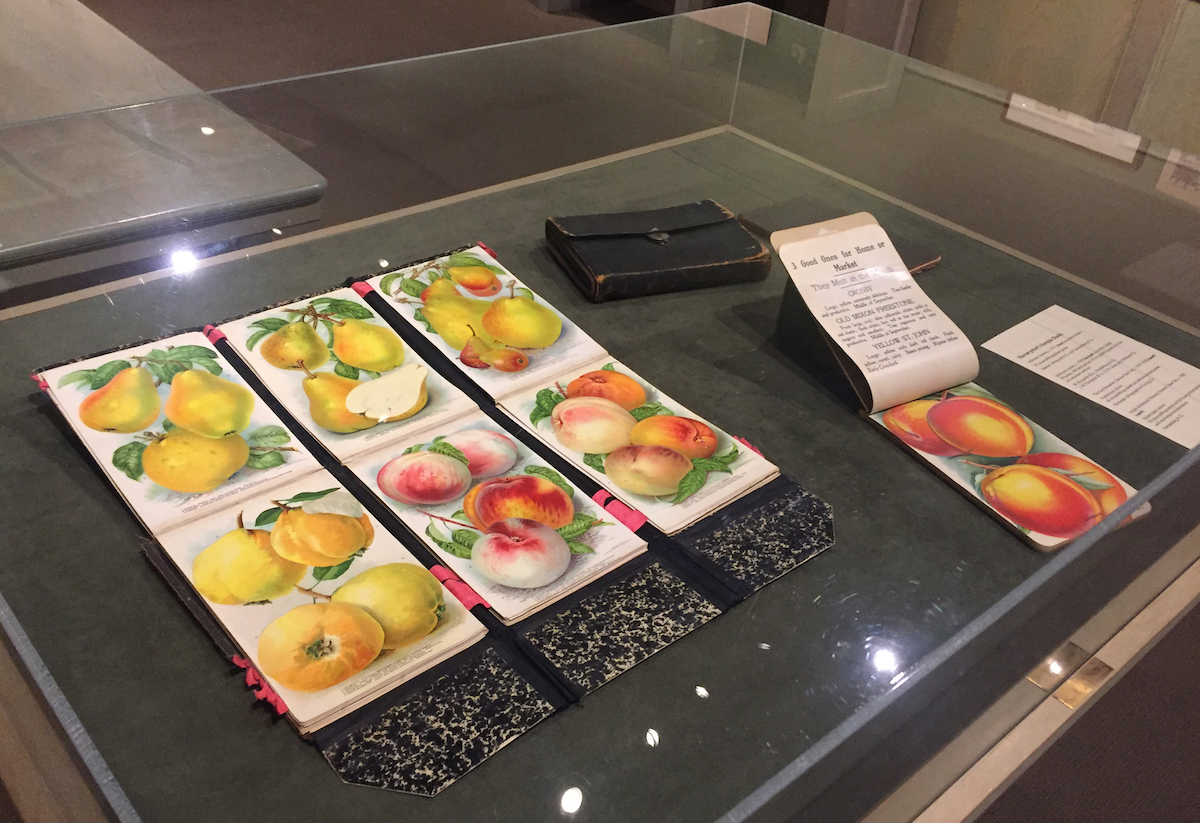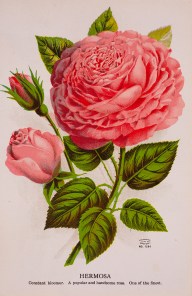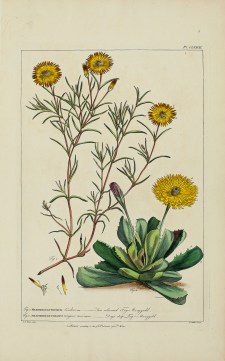Maximus Gallery Shows Gardening Catalogs
Museum of Natural History Exhibit Highlights Role of Garden Catalogs

Through September 6, the Santa Barbara Museum of Natural History Maximus Gallery is showing a collection of gardening catalogs spanning from 1612 to the end of the 19th century. In modern times, a catalog might be considered a mundane object, a mere list of items that we now take for granted, but through viewing this exhibit, one comprehends the wonder that these catalogs and the plants they depicted evoked among people in Europe and the Americas for centuries. They communicate both an intimate knowledge of botany and the painstaking work involved in representing plants in an appealing manner.

The art in these catalogs is often highly elaborate. In 17th-century catalogs such as the Florilegium of Dutch nurseryman Emanuel Sweert (1552-1612), plants are usually etched side by side in intricate black-and-white detail. By the 19th century, nearly all of the catalogs were hand-painted or later printed in bright colors. Images are often accompanied by prose at the intersection between scientific fact and religious faith. In one such description, British gardener and naturalist George Loddiges (1784/1786-1846) writes of the Chinese Hibiscus that “its blossoms are beautiful, and give us another instance of the goodness of our gracious Creator.”
Maximus Gallery curator Linda Miller emphasizes the importance of appreciating not only the artistic and scientific value of the items in the exhibition, but also the amount of time and effort that went into their creation: by the botanists who carefully uncovered worlds beneath the petals of countless species; by the painters who with their brushes carried those worlds from the soil and laid them gently upon sheets of paper; and by the horticulturalists who established great gardens, incubating flora from around a world in which many places were still mostly known only by stories beheld in amazement.
Sign up for Indy Today to receive fresh news from Independent.com, in your inbox, every morning.
The exhibit’s title, A Medicine to the Mind, was inspired by scenes like that of the Chelsea Physic Garden in London, which was established by the Worshipful Society of Apothecaries in 1673 to grow plants that could be used as medicine. A drawing of its extensive grounds occupies much of the wall facing the exhibit entrance. Plants as a source of healing, comfort, and joy provide a common thread in the exhibition. Miller said that in a year poisoned by a global pandemic and other traumatic events, the interest in gardening and growing things has blossomed, and like the coming of day after night, a garden’s cyclical replenishment offers the promise of a brighter future.

The exhibit does, however, include a potentially cautionary tale. In 1637, at the height of its golden age, the Dutch Republic suffered a severe socioeconomic blow when the price of tulips collapsed due to rampant speculation. A series of watercolor paintings depicting the various bulbs of this Iranian flower in multicolored glory includes one particularly vivid type that’s ribbed with dark red streaks.
The so-called Tulip Mania that engulfed the Netherlands is one of several events documented in this exhibition that binds horticulture to larger historical concepts. Miller explains that gardening catalogs reflect not only the shifting popularity of various plants, but also technological trends such as the evolution of color printing. Between 1848 and 1856, Charles M. Hovey (1810-1887) published a series of illustrated books titled The Fruits of America, which he framed in terms of national prestige for the fledgling United States. “There is a national pride too, which I feel in the publication of a work like this,” Hovey wrote, “and that is, that the delicious fruits which have been produced in our own country, many of whom are surpassed by none of foreign growth, will be here fully depicted.” Visiting A Medicine to the Mind is a thought-provoking experience, and one might venture to extrapolate from the material provided. But for all the temptation to do so, Miller says that it is important to stay grounded in the apparent beauty and straightforward knowledge that the exhibition has to offer.
Support the Santa Barbara Independent through a long-term or a single contribution.




You must be logged in to post a comment.